Katy Duke, CEO of The Deep in Hull, a charitable public aquarium focusing on education and conservation, has spent 29 years in the Aquarium sector. Starting work whilst a student at Deep Sea World in Fife, Katy progressed through many animal husbandry roles, completing professional dive training, before moving to Hull in 2001 as part of the initial setup team for The Deep. Here, she was a senior aquarist and then curator of the husbandry department before becoming CEO in 2017.
She has held numerous positions within the British and Irish Association for Zoos and Aquariums, the World Association for Zoos and Aquariums and regionally within the business and tourism sectors. In 2022, she was featured in the global Blooloop 50 Zoo and Aquarium Influencer List.
Duke has strong interests in native species, elasmobranch conservation and sustainability. She is passionate about public engagement and the accessibility of science for all to drive positive action and change for nature. She firmly believes that cross-sector collaborations and coordinated approaches are vital to driving real change for the environment and nature.
A love of marine biology
“My background is marine biology,” she tells blooloop. “I went to university to study microbiology. However, after the first year, I decided that looking through a microscope wasn't my future.”
During this time, she got a holiday job at Deep Sea World in Queensferry, Scotland:
“Throughout the summer, I performed public-facing roles, did face painting for children, and gave shark and conservation talks.”
This was her introduction to the world of marine biology – and she was hooked. “I swapped on to the marine biology course at university. I also started volunteering in the aquarist department at Deep Sea World, continuing to work there during my studies.”
The aquarium put her through her professional diving qualifications, and eventually, she became a senior aquarist.
“A few years later, this opportunity opened up in Hull, where a brand-new aquarium was being built: The Deep. I applied, thinking it would be fascinating to be involved with the project from the very start. I was lucky enough to get a senior aquarist position in Hull, so I moved down. It was fantastic.”
The Deep didn't exist at this point:
“It was pilings in the ground - a building site. I was working out of a warehouse in the centre of Hull, doing all the behind-the-scenes things while watching this building emerge out of the landscape. About a year after I started, The Deep opened.”
The Deep
Duke worked as a senior aquarist in the Deep’s husbandry department before spending some time as the assistant curator. From 2008 to 2017, she was curator.
“In 2017, the then-chief executive retired. I had been with the organisation from the start and was proud of where we had got to. I wanted to see us continue in the same vein. So, I threw my hat into the ring and was lucky enough to get the role.”
Since 2017, though her role has been more removed from the animal side, it has afforded her a more holistic overview of everything, from retail through food and beverage to marketing and education.
“It’s nice that we’re small enough as an organisation that having that oversight, on top of my already strong understanding of the animal collection, conservation and research we were involved in, feels manageable.”
For a relatively small organisation, The Deep punches hard in terms of conservation:
“We make the best of our money and resources,” she says. “We don't need our own The Deep-branded projects if we feel that the best value for that conservation project is us working with another partner, supporting somebody else, or even giving some money elsewhere. That is then the best use of the charity’s resources.
“We are cautious in how we approach conservation projects to ensure that we don't go the line of a pet project or use money that could have had a bigger impact doing things slightly differently.”
Conservation projects
Conservation is a field where clear-sightedness and lack of ego, as well as passion and commitment, are necessary:
“It’s a complex world. It can be frustrating. Progress can be slow. The most important conservation projects often do not involve the most exciting animals. The Deep doesn't feel the need to have headline projects with the big, shiny, and bright species. We’re working on replanting seagrass meadows, for example, and on conserving a tiny but important beetle that lives in Yorkshire rivers in only one location in the UK."
“We do get involved in bigger things when we feel it's appropriate, of course. In November-December every year, for example, we send our turtle experts out to the New England Aquarium, where it’s pandemonium for six to eight weeks.
"They struggle with the sheer number of turtle strandings because of climate change and the current that traps turtles in the colder waters. They become hypothermic and wash ashore. The aquarium has hundreds of volunteers walking the beaches to find these poor, near-death turtles, which are then flown to their rehab facility. It's all hands on deck.
"We send our hands to be on deck, doing everything from blood sampling to just checking for a pulse.”
Sharks and rays at The Deep
Duke has a particular interest in sharks and rays, having focused on the Elasmobranch species at university and spent time at the Bimini shark lab in the Bahamas. The Deep has worked on shark and ray conservation initiatives.
“We did a project several years ago where we worked with Cousteau.org’s Mission Red Sea, the research arm of the Cousteau family. We were involved in some fascinating projects in the Red Sea, looking at baseline data for manta ray populations and doing some genetic sampling. Some fascinating results came from that about hybridisation that was going on between a couple of unknown species up until that point.”
As well as being a passion for Duke, sharks are a great species in terms of public engagement.
On engagement more broadly, she says: “Engaging people personally with conservation on a personal, emotional level is key. It’s so easy to get it wrong by stressing the negative. The Deep is about that positive engagement experience when people come in. We split our learning into formal and informal learning.
"Regarding formal learning, we have 15,000 visits from school groups through the doors yearly. They get educational and conservation messages linked to the educational Key Stages. Again, we're using public engagement as a learning opportunity. We want people to come and have fun, of course. They have come with their families for a day off. But it's still our opportunity to offer some learning and information.”
Formal and informal learning
A multi-level strategy affords informal learning. She explains:
“We have a calendar of events over the year and a focus on engaging with people through different activities. For example, we might be giving talks, but there might also be a craft or physical activity. We try to engage people differently. Everybody wants something a little bit different, learns differently, and has a different lifestyle."
“We make everything as fun as possible. We have very much bought into STEAM education: we are a science organisation, but bringing in the arts opens that up, diversifying who we can reach and who can be inspired to get passionate about the messaging we're getting across.”
Public engagement is key
As an example of this:
“We have a yearly seagrass festival and engage our visitors on several levels. Last year, we got some spray-painting artists who did a massive mural outside where people could come and have a go. Again, that might have attracted audiences who don't have much interest in conservation or seagrass.
"The process of spray painting allowed us to say, ‘Hey, did you know that there are seagrass meadows a few miles up the Humber Estuary, that seagrass is really good at trapping carbon, and these are important habitats that we're helping to increase?’
"In terms of conservation action, having engaged them, once in the building – maybe after a more traditional talk – we’d get them to do a hands-on activity.”
In this case, they planted a seagrass seed within a small hessian bag of sand:
“These little parcels were tied up and planted at Spurn Point on the Humber Estuary. They knew that what they were making would be directly planted out and would grow a seagrass plant in time.”
In short:
“It’s about trying to engage with people through as many different means as possible to get them as passionate about the subject as we are.”
Positive messaging at The Deep
Staying positive with messaging is critical, she says:
“There’s no point telling people how bad something is unless you can finish by suggesting a positive action to make a difference: turn off your mobile phone charger when your phone’s finished charging, turn your TV off, and so on. They don't seem directly linked to marine conservation, but sustainability messaging will have an impact. Reducing your single-use plastic use is a dead simple one to get across to people.
“We’re not saying you need to be 100% perfect in your recycling. Everybody forgets and gets it wrong sometimes. But try to do one thing slightly differently, and you'll have made an impact.”
Today, The Deep offers visitors an awe-inspiring experience as it connects them to its mission to protect ocean survival.
The scenic lift is a key highlight. It affords visitors an unusual view as it carries them through the layers of the Endless Ocean exhibit.
“The Endless Ocean is 10 m deep. The Scenic Lift is glass-walled and gives a wonderful view. Visitors are immersed while remaining safe and dry. You can move up through the water column and get close to the animals.”
Rescue turtles
In terms of the species in question, she adds:
“We work hard on our collection plan. This document guides our direction and the reasoning behind why we have species and their role within our facility. That can be for educational purposes, breeding, or various reasons. It's an ever-changing live document.”
The document had to be amended quite quickly a few years ago:
“We got a phone call to ask if we could take in two rescued Loggerhead sea turtles that desperately needed a home the following week. Sea turtles weren’t, at that point, in our collection plan. However, we ensured that we had the veterinary experience to look after them and the correct environment to provide them with a good home.”
The turtles had been caught on long lines in the Mediterranean and lost their lower jaws as they pulled themselves free. They were rescued and brought back to health at another aquarium. This was later forced to close its doors at short notice:
“All of a sudden, these two turtles needed to find a new home. They are a wonderful addition to the collection plan and fantastic as an educational tool on the impact that we can have, as humans, through fishing with ghost nets.
“We're not breeding them. We're just their forever home, and their role is education. They have to get hand-fed because they can't catch their own food, so they are deemed unreleaseable.”
The future of The Deep
Concerning future plans for The Deep, she says:
“We are working up some plans to highlight the importance of native freshwater environments. Chalk streams, for instance, are crucially important and underrepresented as an environment. They’re not particularly sexy or the sort of display usually seen in an aquarium. But that's for us to work out: how do we make an engaging exhibit showcasing the importance of chalk streams?”
In the longer term:
“The industry that's booming in this area and will be booming for years to come is the renewable energy sector, focusing on offshore wind. The Deep was originally a Millennium regeneration project for the city. I feel our responsibility is to continue that regeneration, showing people within the area this wonderful career opportunity. Offshore wind requires so many different skill sets.”
Last year, The Deep held a fortnight-long offshore wind festival, supported by Ørsted, Siemens Gamesa, ORE Catapult, VISR and RWE, to promote STEM education and to help people understand what the opportunities might be on their doorstep in the years to come.
“From my perspective, there are mini marine-protected areas underneath offshore wind farms where no fishing is allowed. In the years to come, it will be interesting to find out what the benefits or negatives of wind farms are for these environments and how we can improve offshore wind for the future to ensure it has no negative impacts: what works? What can we ensure we get by having more offshore wind farms?”
Inspiring the next generation
Duke contends that the principal function of a really good aquarium is to inspire the next generation.
“The thing that we have going for us is reality,” she says:
“Virtual reality and cinematography all have a role, but something about seeing an animal in reality helps cement that feeling of compassion and willingness to do something. That empathy is what inspires positive change. It’s about preparing the next generation of conservationists to continue caring for the planet because it will be an ongoing battle. It’s not an easy career, but the environment is worth fighting for."
“The ocean's health is intrinsically linked to human health: in terms of oxygen, the ocean is responsible for every second breath you take in terms of the oxygen it produces. Without a healthy ocean, we won’t have air to breathe.”




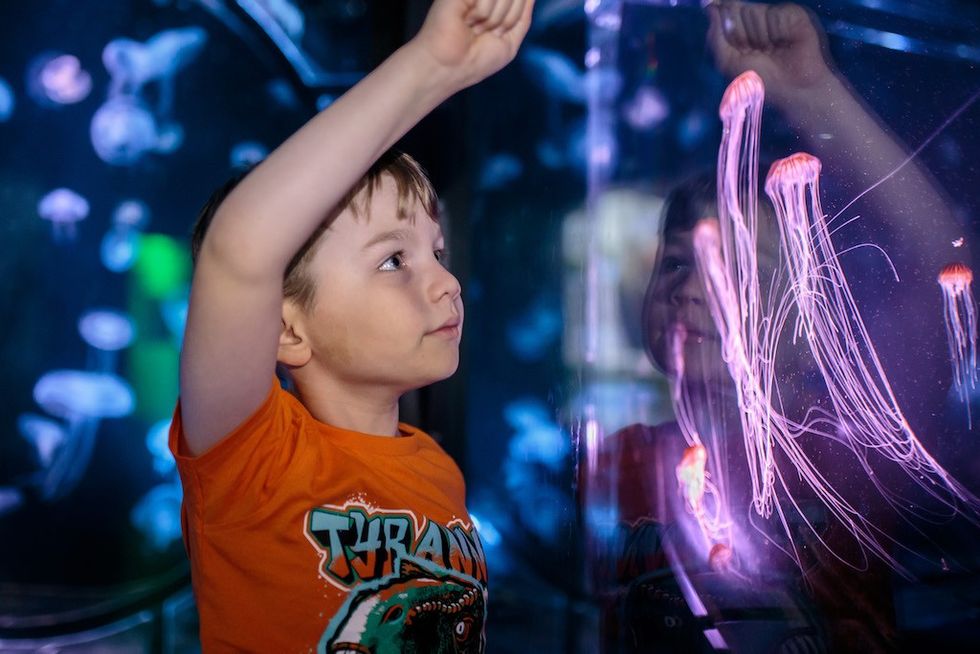
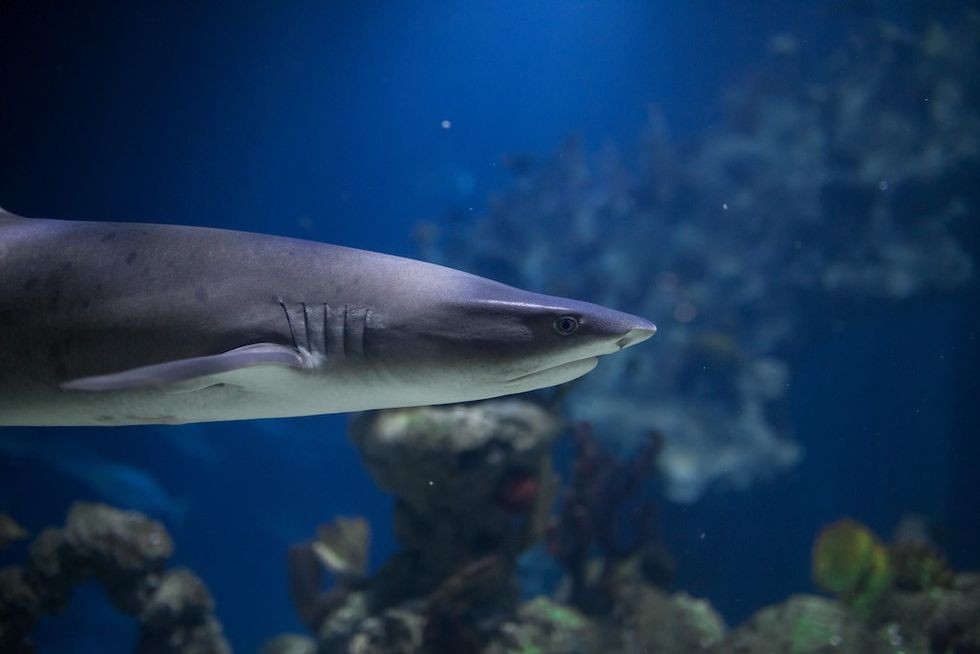
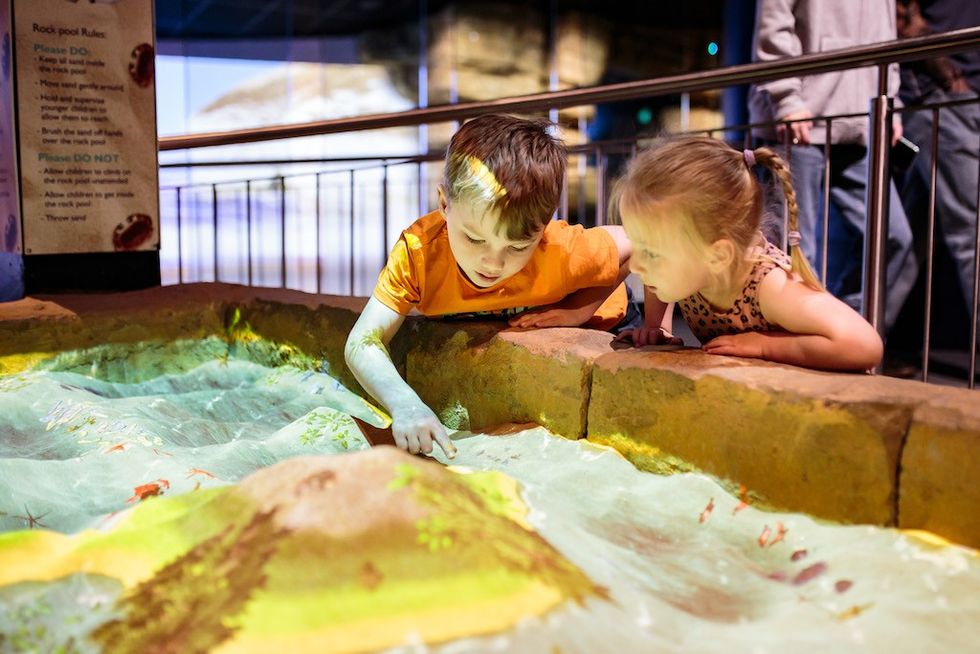
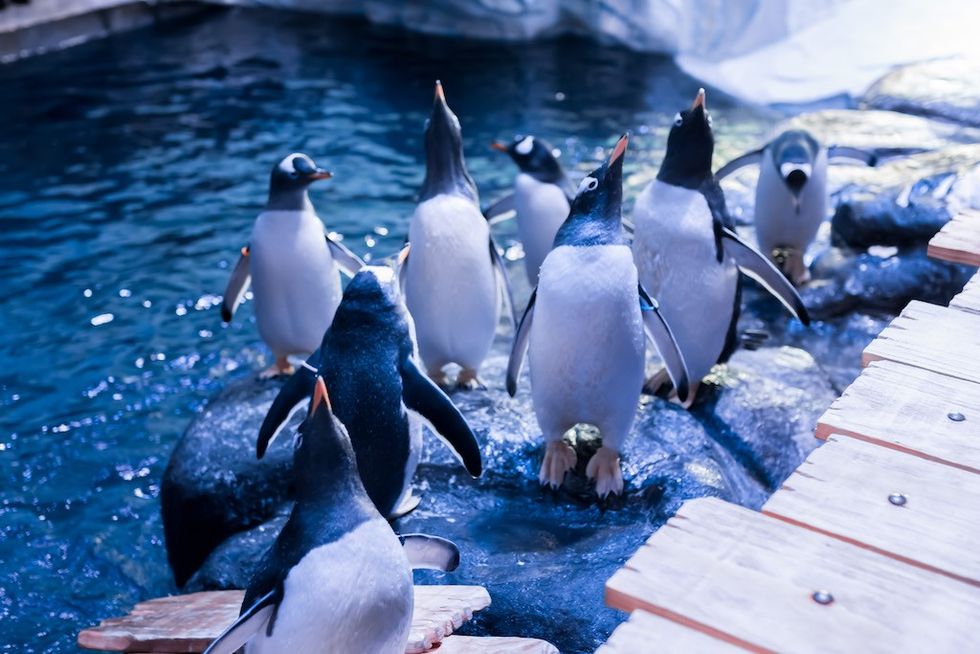
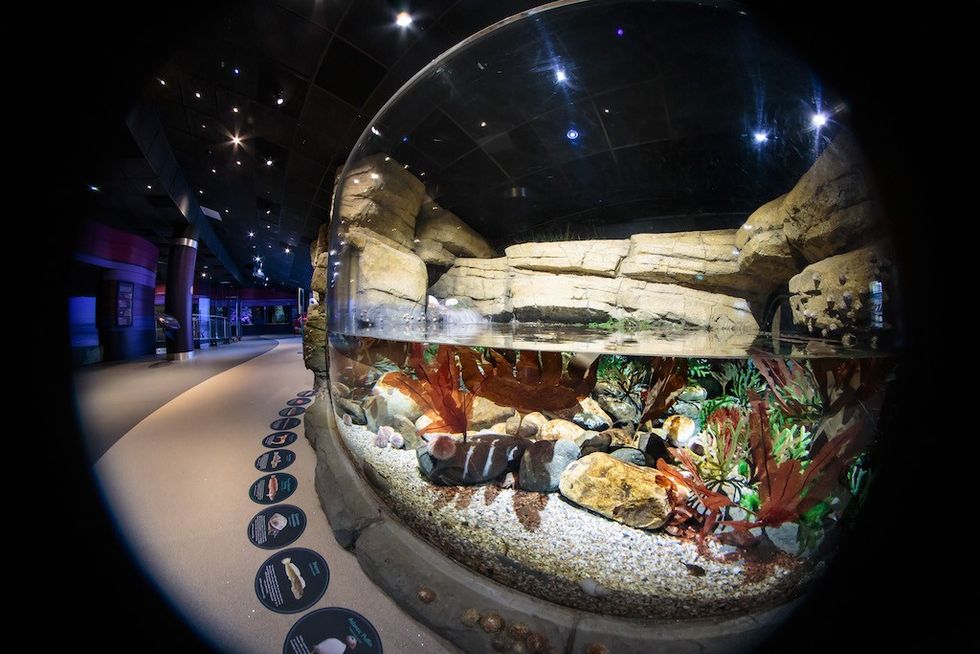


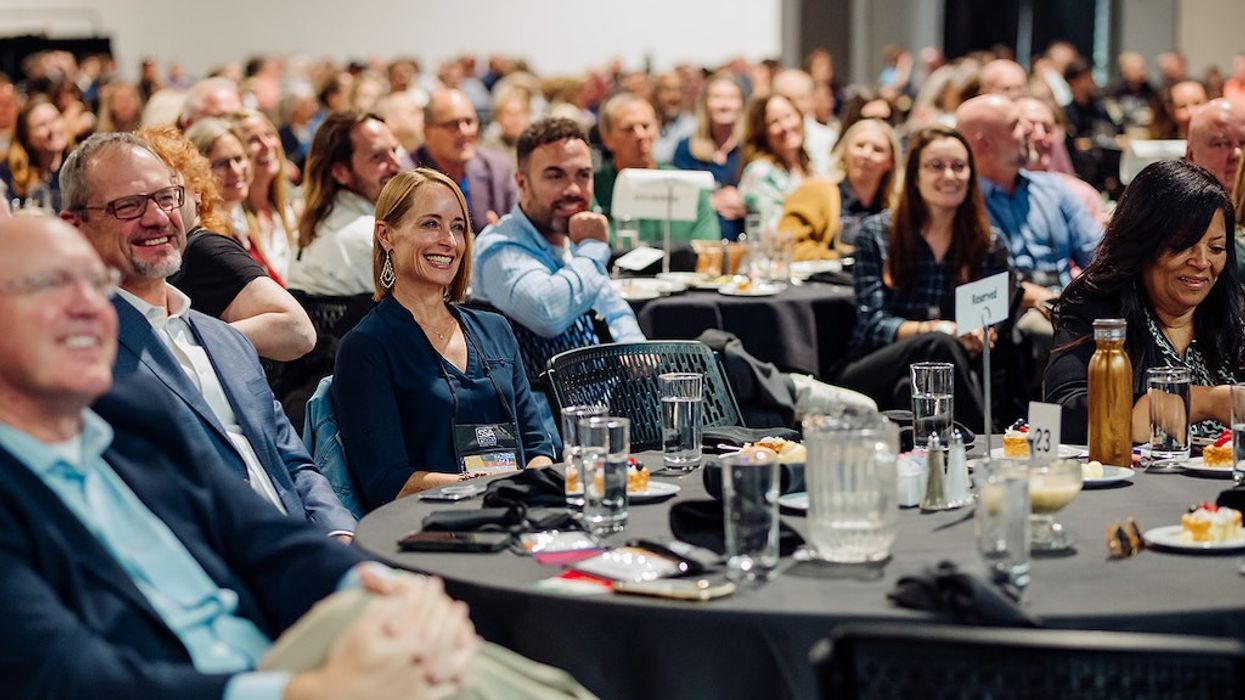
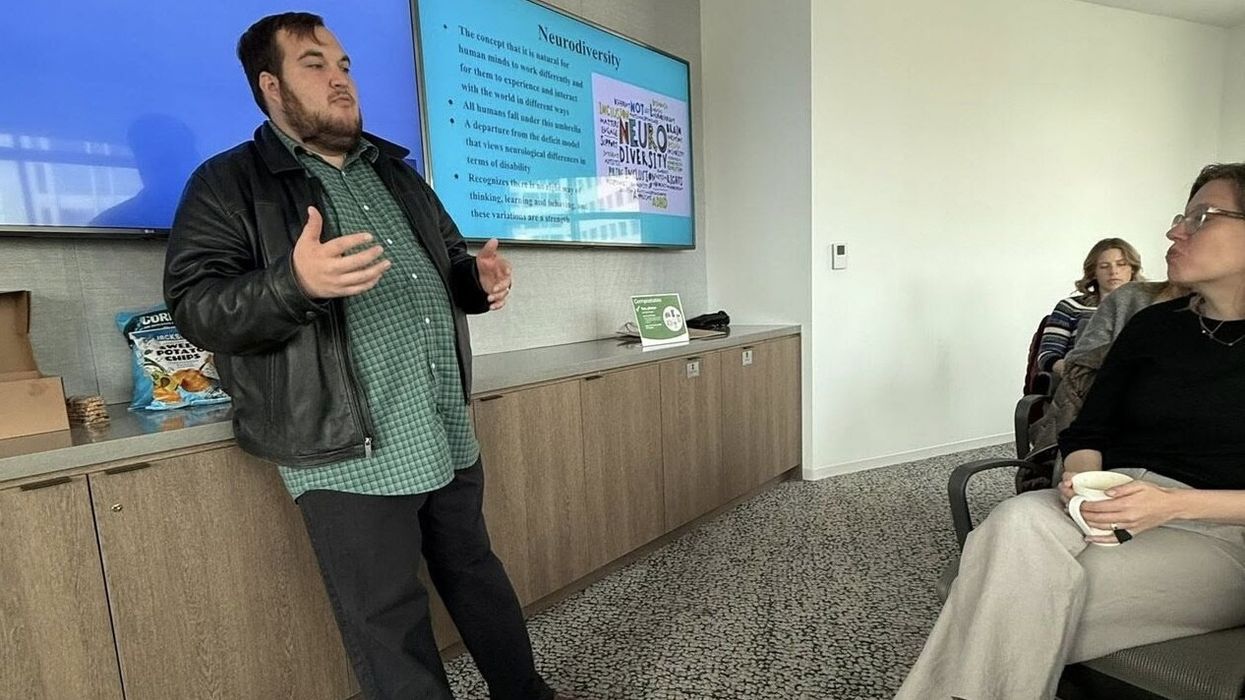
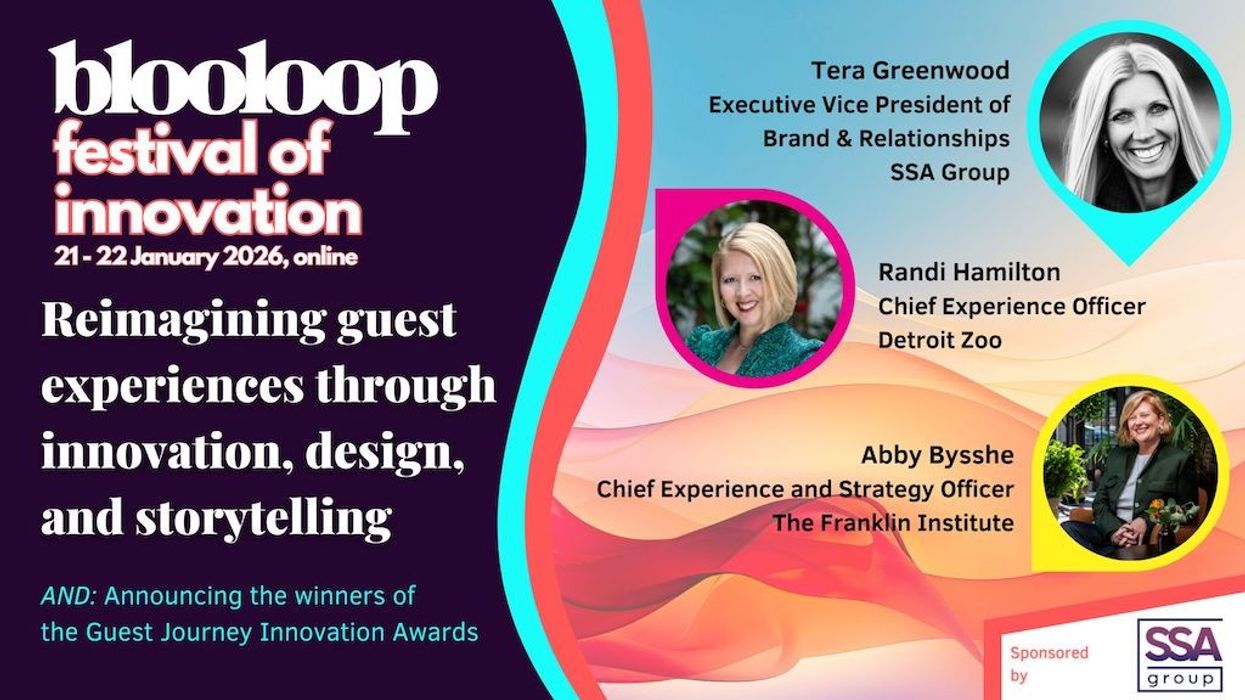
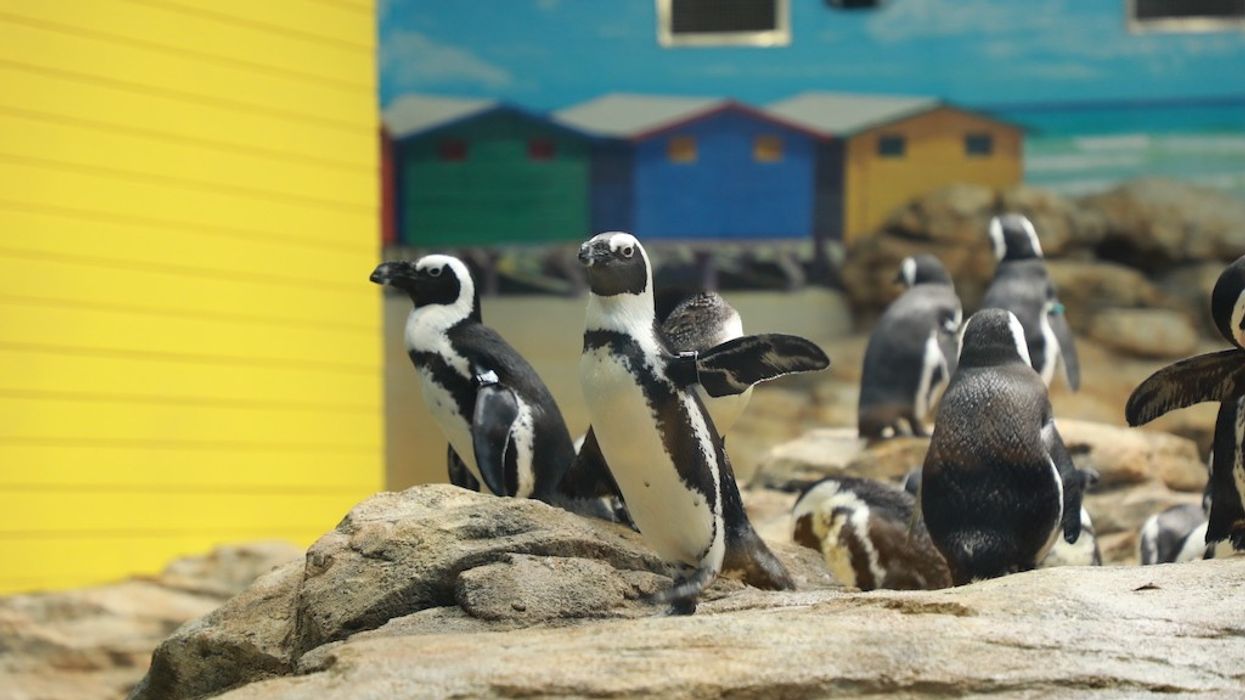

 TM Lim and Adam Wales
TM Lim and Adam Wales



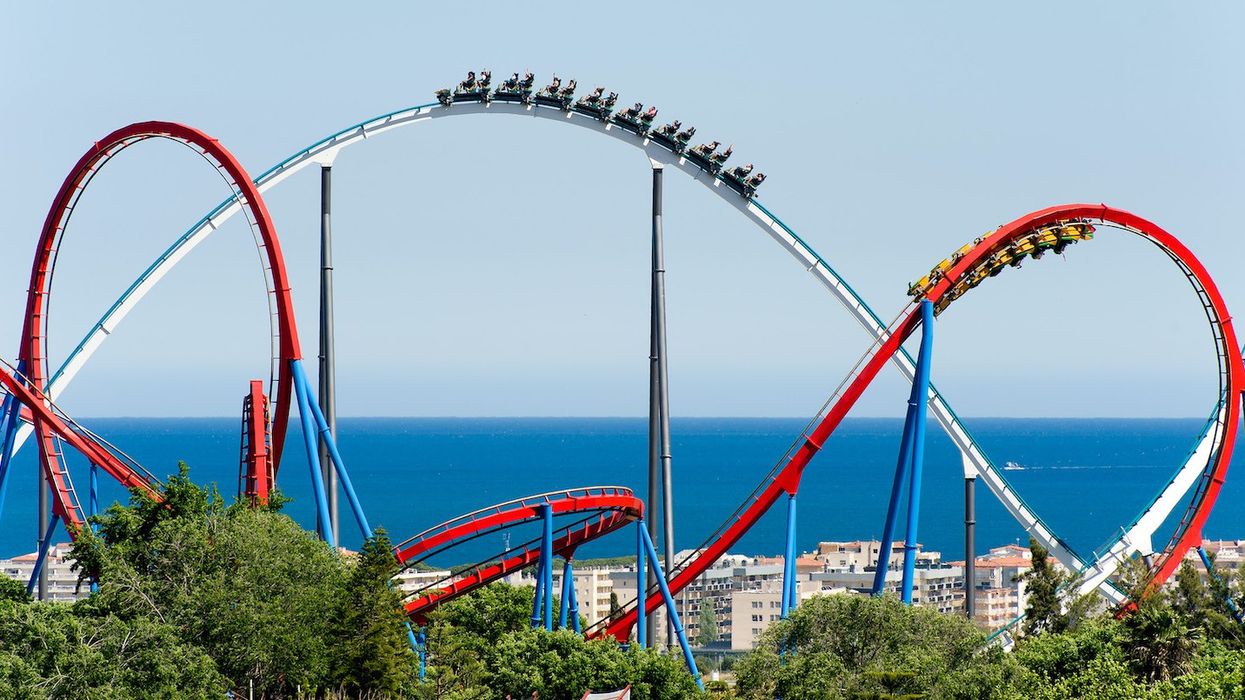



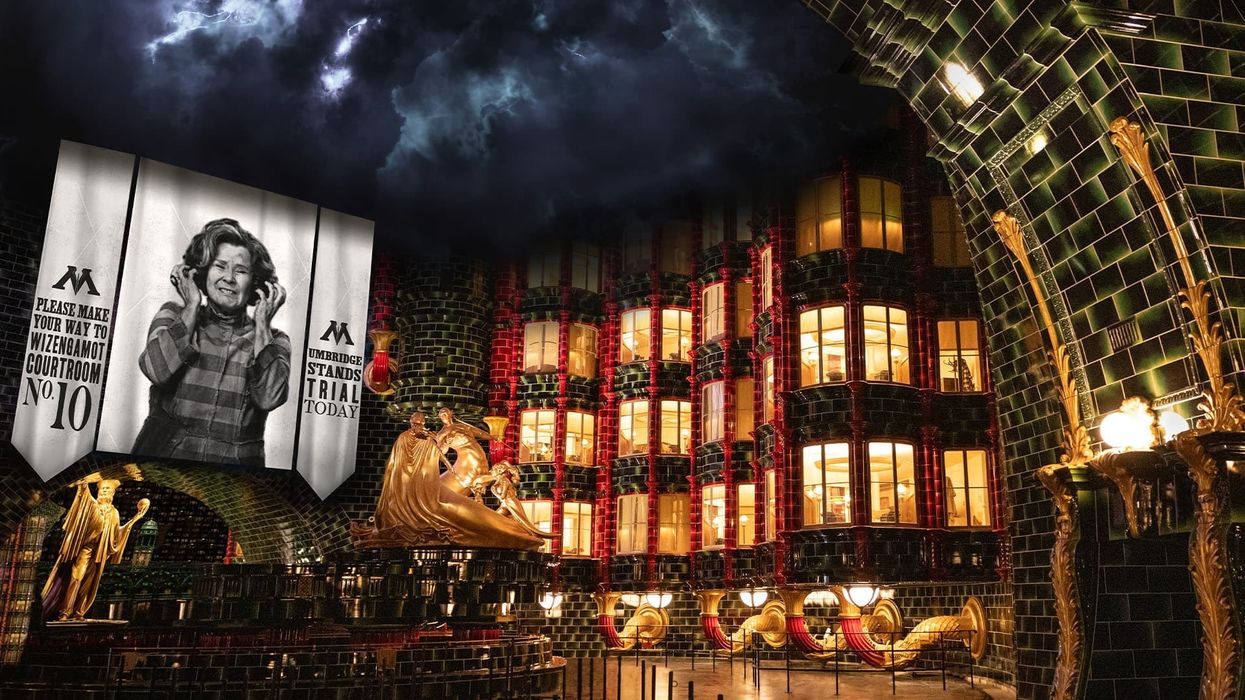

 Toby Harris
Toby Harris Hijingo
Hijingo Flight Club, Washington D.C.
Flight Club, Washington D.C.
 Flight Club Philadelphia
Flight Club Philadelphia Flight Club Philadelphia
Flight Club Philadelphia Bounce
Bounce Hijingo
Hijingo Bounce
Bounce
 Fernando Eiroa
Fernando Eiroa











 Nickelodeon Land at Parque de Atracciones de Madrid
Nickelodeon Land at Parque de Atracciones de Madrid Raging Waters
Raging Waters  Mirabilandia's iSpeed coaster
Mirabilandia's iSpeed coaster Parque de Atracciones de Madrid
Parque de Atracciones de Madrid Ferracci at the ribbon-cutting ceremony for Nickelodeon Land at Mirabilandia, with (left) Marie Marks, senior VP of global experiences for Paramount and (cutting the ribbon) Sabrina Mangina, GM at Mirabilandia
Ferracci at the ribbon-cutting ceremony for Nickelodeon Land at Mirabilandia, with (left) Marie Marks, senior VP of global experiences for Paramount and (cutting the ribbon) Sabrina Mangina, GM at Mirabilandia Tropical Islands OHANA hotel
Tropical Islands OHANA hotel Elephants at Blackpool Zoo
Elephants at Blackpool Zoo  Tusenfryd
Tusenfryd
 Andrew Thomas, Jason Aldous and Rik Athorne
Andrew Thomas, Jason Aldous and Rik Athorne







